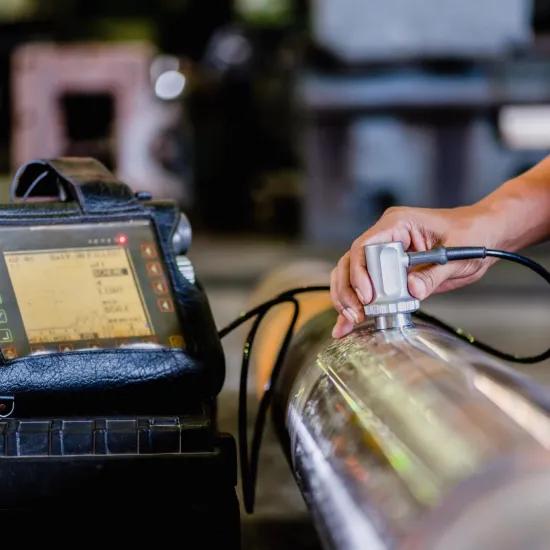The importance of terminology and language use
You explore the 'inner circles of the circular economy' in your company and ecosystem: concepts with high potential for circular value retention, based on the 'R-strategies'. New terms are coming at you fast. Is it refurbishment, reconditioning or remanufacturing?
We are fans of learning through action, experimenting and taking incremental steps. Therefore, not adhering strictly to ReX terminology isn't necessarily a bad thing. Practical application is more crucial than theoretical knowledge, especially when you are making informed decisions in setting up and practicing ReX. Eventually, as you discuss it with others, you will naturally want to avoid any confusion in communication.
What’s in a name
In this article, we will briefly cover the most commonly used ReX terminology. We do this for two main reasons: firstly, because the nuances and variations of ReX can be inspiring, and secondly, because using precise and accurate language enhances mutual understanding among colleagues within your company and partners within your ecosystem.
For a detailed overview, refer to the attached table, which provides the principal definitions and descriptions of ReX concepts and terms. We based this on standards, specifically ISO 59004 and BS 8001 (British Standards). We opted to retain the English terminology, which is commonly adopted in both Dutch and French. Often, even when specific terms exist in other languages, they are not as widely used, and their meanings are not as clearly defined.
It is noteworthy that even the standards themselves do not fully align and place different emphases on terms. For example, the ISO standard treats 'reconditioning' and 'refurbishing' as synonymous, whereas the BS standard differentiates between them.
Moreover, we encounter numerous other terms not included in these standards, such as 'restore/restoration,' 'overhaul,' 'recover,' 'renew,' 'rebuild,' 'regenerate,' and more.
Choosing a specific ReX concept also impacts the features of the ReX product and the associated processes. These include aspects such as ownership, functionality, quality and performance, warranty, the use of standardised processes and the degree of disassembly. The table below outlines these properties for the main ReX concepts. It is worth exploring these elements within your specific context.
Additionally, we can visually depict how product performance and quality evolve over time using different ReX strategies, as shown in the figure below. It pays off to check what this could mean for your product.
Conclusion
Terminology and language vary across different disciplines, stakeholders, and individuals. This is also true for ReX. As highlighted in this article, even the standards do not describe ReX terms with complete clarity and consistency. However, this doesn't inevitably result in misunderstandings or problems. Research indicates that recognising that terms do not have a universal meaning is key. Engaging in dialogue and providing transparent clarification of what exactly is meant are crucial and sufficient for effective communication, understanding and cooperation.
Remanufacturing: would it work for your business?Reuse, repair, upgrade ... Remanufacturing is just one of the possibilities. How can you be sure you are using the most appropriate strategy for your business? With the COOCK project 'CIRKEL - Remanufacturing as a lever for value creation in a circular manufacturing industry', supported by VLAIO, Sirris gives you the practical tools you need to mitigate the risks and increase the chances of success. This is how you can get started
|






